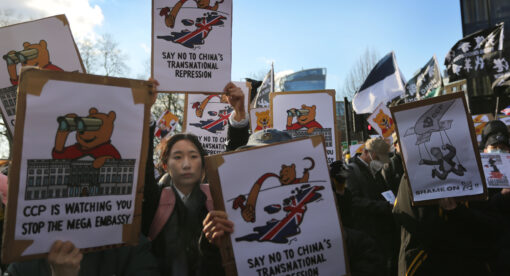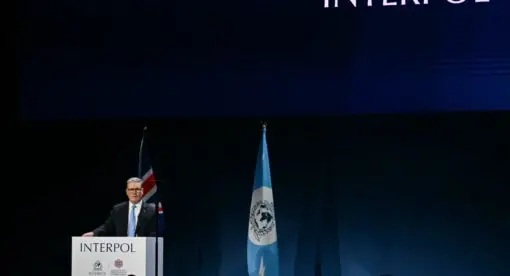Download the Report in English Here
Download the Report in Ukrainian Here
This report elaborates on the prohibition of aggression in international law through a gender lens. That gender matters is increasingly recognized by policymakers and legal practitioners, yet dominant understandings and applications of gender tend to remain narrow in focus. The report seeks to pinpoint what is missed when narrow framings are adopted or when international law neglects gender, thereby missing opportunities to prevent aggression or respond appropriately to it.
Gender as a tool for analysis is concerned with understanding how societies are ordered and hierarchies produced among categories of people and activities that are symbolically associated with social constructions of masculinity and femininity. To adopt a gender perspective is to deconstruct and decode patterns of power – typically binary – that are normalized to perpetuate structural and systemic inequalities, oppression and discrimination. As a system of power, gender is both constituted by and integral to the manufacture of other vectors of power such as race, class, colonialism, militarism, nationalism, the political economy, and international law. Gender structures our world, our knowledge, and our views on violence, both inter-personal and inter-state. It shapes our ideas on what constitutes violence; how lawful violence is distinguished from unlawful violence; who is entitled to resort to violence; and the conditions thereof. Gender is thus core to our understanding of inter-state aggression under international law.
The following section briefly traces the dual-track evolution of aggression in international law as an international wrongful act of state and as an international crime. Such “duality of responsibility” is a “constant feature of international law.”1 State responsibility and individual criminal responsibility are distinct and exist concurrently so that a state “is not exempted from its own responsibility for internationally wrongful conduct by the prosecution and punishment of the State officials who carried it out.”2 Section 2 analyzes each of these through a gender lens and elaborates on how a gender perspective can inform prevention strategies. The discussion is elucidated through examples from international affairs. The final section considers, through a gender prism, the legal consequences of an act of aggression that flow for states that are directly implicated and for states not directly involved as a perpetrator or victim of violence but as members of the “international community” (“third states”).
The views expressed in this article are those of the author and not an official policy or position of New Lines Institute.






